According to CNN, the announcement on September 19 said that a group of underwater archaeologists, led by French marine archaeologist Franck Goddio, discovered many new things at the temple of Amun in the ancient port city of Thonis-Heracleion, located in Aboukir Bay - Egypt.
The archaeological team investigated the city's southern canal, where some of the temple's giant stone blocks collapsed "during a great flood that took place in the mid-2nd century BC".
The Temple of Amun was where Pharaohs came to "receive the power of world kings from the supreme gods of ancient Egypt," according to the announcement.

Several objects, gold jewelry and a lapis lazuli Djed pillar, a symbol of stability, were found. Photo: Hilti Foundation
Precious artifacts at the temple have been excavated, including silver ritual tools, gold jewelry and broken perfume or ointment bottles... IEASM wrote: "They have witnessed the wealth of this holy site as well as the piety of the former port city's residents".
To the east of the temple, a shrine to the Greek goddess Aphrodite was also discovered. Here, the archaeological team found bronze and ceramic artifacts.
This proves that the Greek group - who were allowed to settle and trade in this city during the time of the Pharaohs of the Saïte dynasty (664 - 525 BC) - also had a place to worship their own gods.
Additionally, the discovery of Greek weapons also indicates the presence of Greek mercenaries in the area. According to the IEASM, they guarded the entrance to the kingdom at the mouth of the Canopic branch of the Nile – the largest and most navigable branch of the river.
An exquisite bronze duck-shaped vase sits among ceramic objects at the Greek shrine of Aphrodite in the ruins of Thonis-Heracleion. Photo: Hilti Foundation
"It is incredibly moving to discover such fragile objects that could survive intact despite the ferocity and severity of the flood," said Mr Goddio, who led the excavation and is also president of the IEASM.
The excavations were carried out jointly by Mr. Goddio's team and the Underwater Archaeology Committee of the Egyptian Ministry of Tourism and Antiquities.
In addition to the above artifacts, the archaeological team also discovered underground structures "supported by very well-preserved wooden columns and beams dating from the 5th century BC".
The ruins of the ancient city of Thonis-Heracleion, discovered by IEASM in 2000, are now underwater, about 7 km off the Egyptian coast. The city was for centuries Egypt's largest port in the Mediterranean before Alexander the Great founded the city of Alexandria in 331 BC.
"Rising sea levels and earthquakes, accompanied by tidal surges, caused several liquefaction events, dragging an area of about 110 square kilometres of the Nile Delta to the seabed, including Thonis-Heracleion," the statement said.
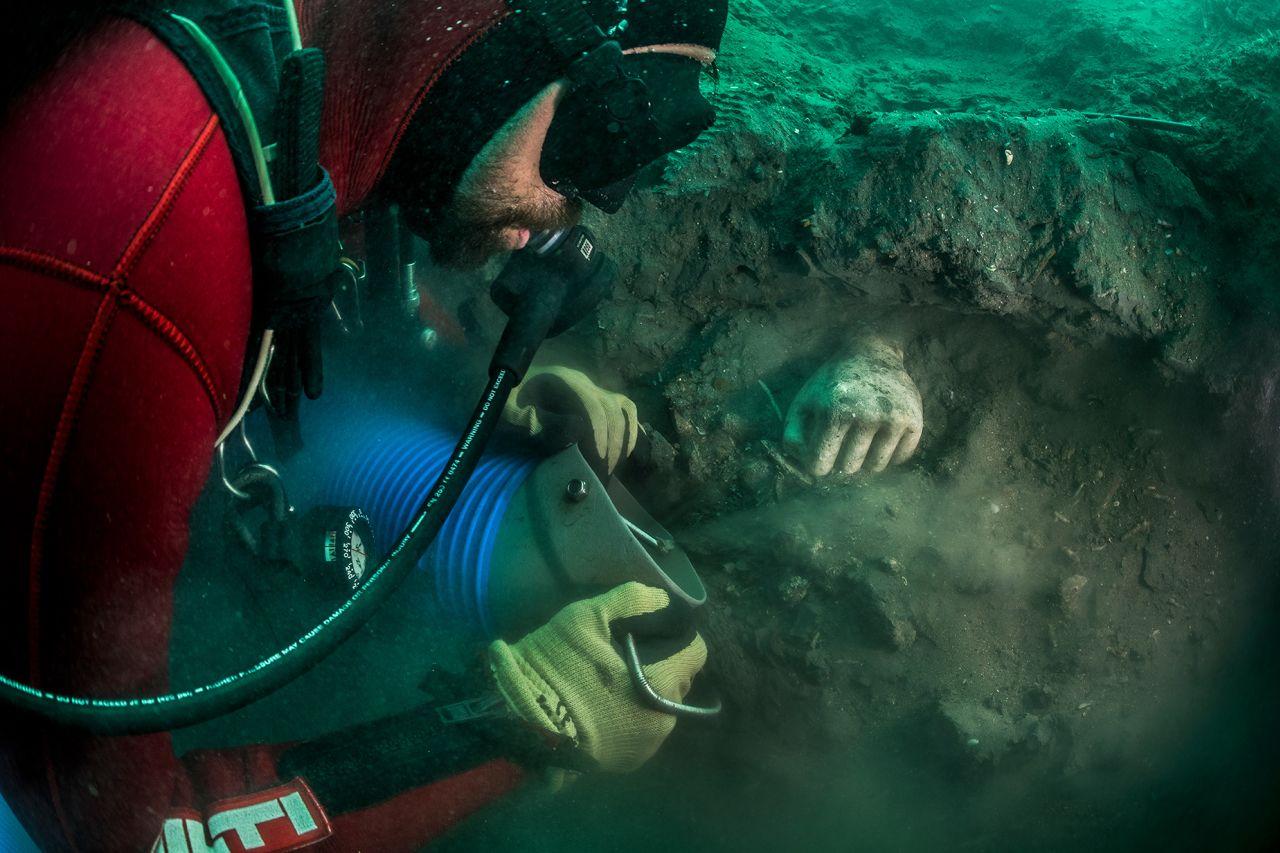
Excavation of underwater antiquities in Thonis-Heracleion requires caution. Photo: Hilti Foundation
Source


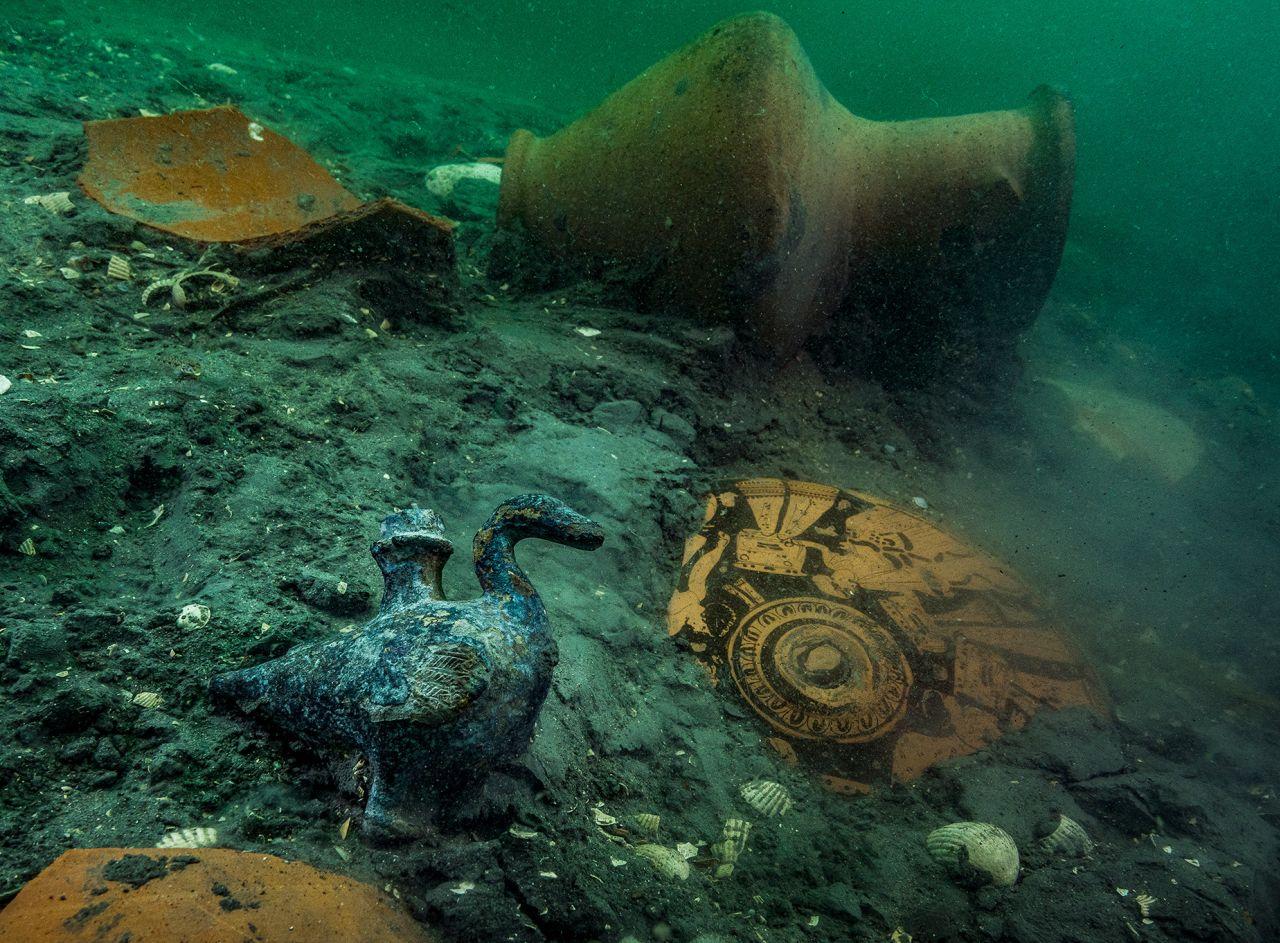
![[Photo] General Secretary To Lam attends the ceremony to celebrate the 80th anniversary of the post and telecommunications sector and the 66th anniversary of the science and technology sector.](https://vphoto.vietnam.vn/thumb/1200x675/vietnam/resource/IMAGE/2025/9/29/8e86b39b8fe44121a2b14a031f4cef46)
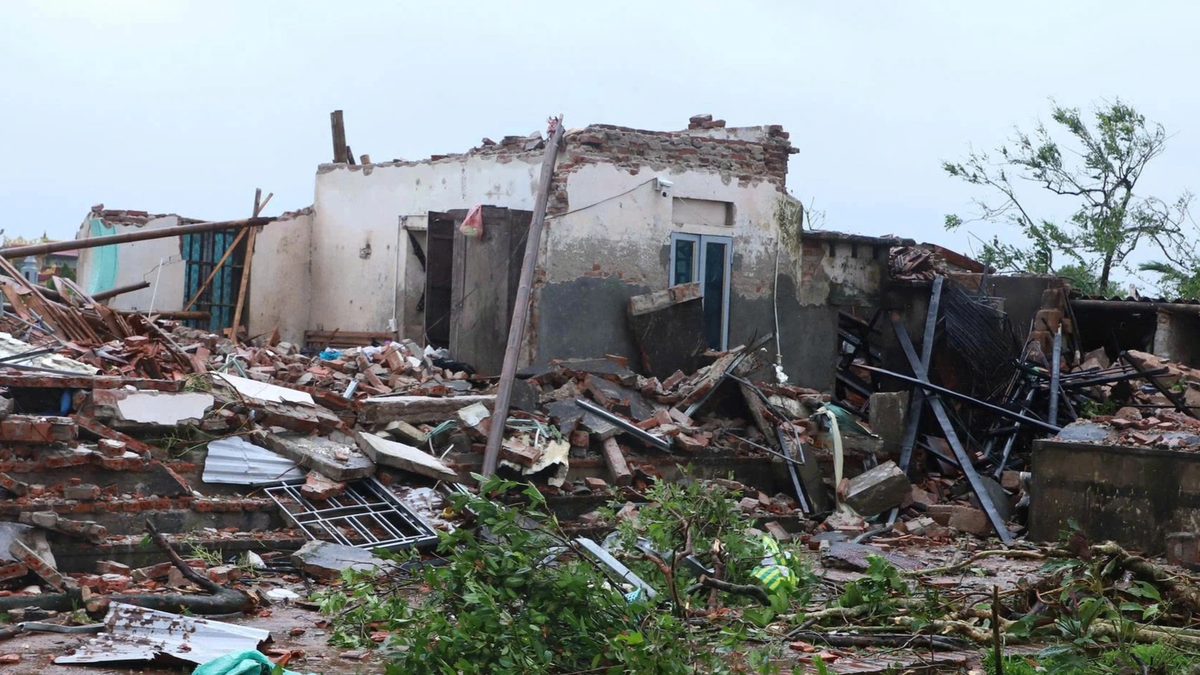
![[Photo] National Assembly Chairman Tran Thanh Man chairs the 8th Conference of full-time National Assembly deputies](https://vphoto.vietnam.vn/thumb/1200x675/vietnam/resource/IMAGE/2025/9/29/2c21459bc38d44ffaacd679ab9a0477c)
![[Photo] General Secretary To Lam chairs the meeting of the Central Steering Committee on preventing and combating corruption, waste and negativity](https://vphoto.vietnam.vn/thumb/1200x675/vietnam/resource/IMAGE/2025/9/29/fb2a8712315d4213a16322588c57b975)
![[Photo] General Secretary To Lam receives US Ambassador to Vietnam Marc Knapper](https://vphoto.vietnam.vn/thumb/1200x675/vietnam/resource/IMAGE/2025/9/29/c8fd0761aa184da7814aee57d87c49b3)
![[Photo] Many streets in Hanoi were flooded due to the effects of storm Bualoi](https://vphoto.vietnam.vn/thumb/1200x675/vietnam/resource/IMAGE/2025/9/29/18b658aa0fa2495c927ade4bbe0096df)




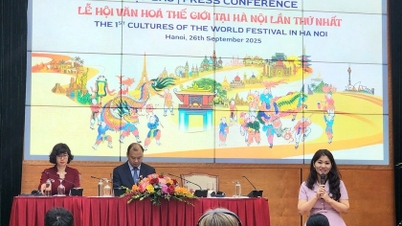
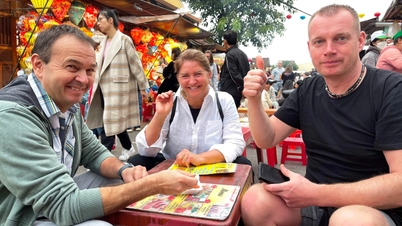

















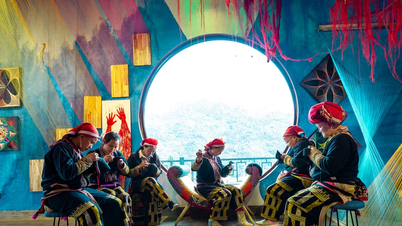







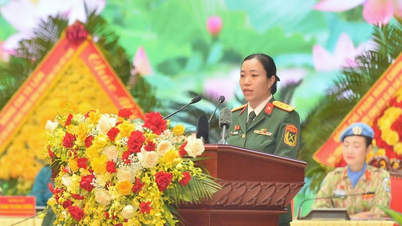


















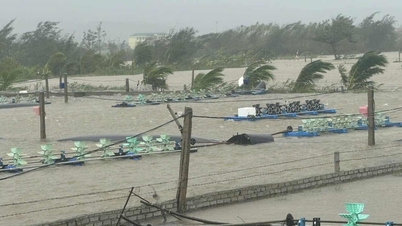


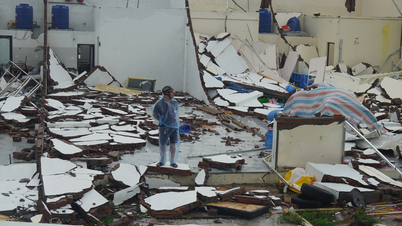

















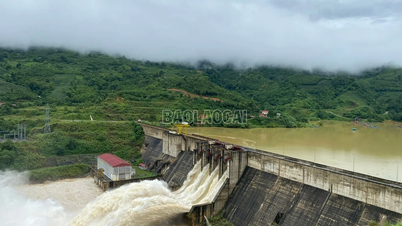
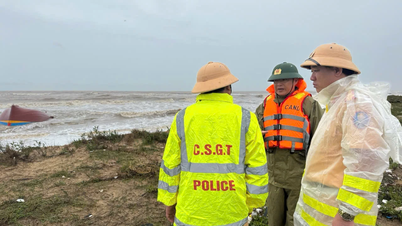

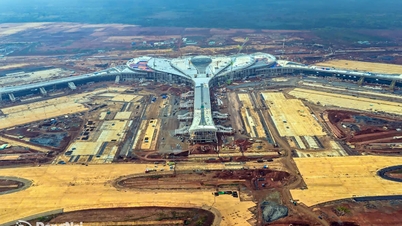

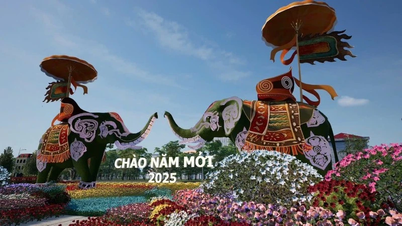






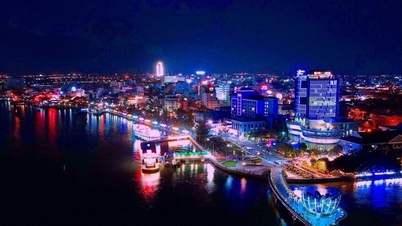



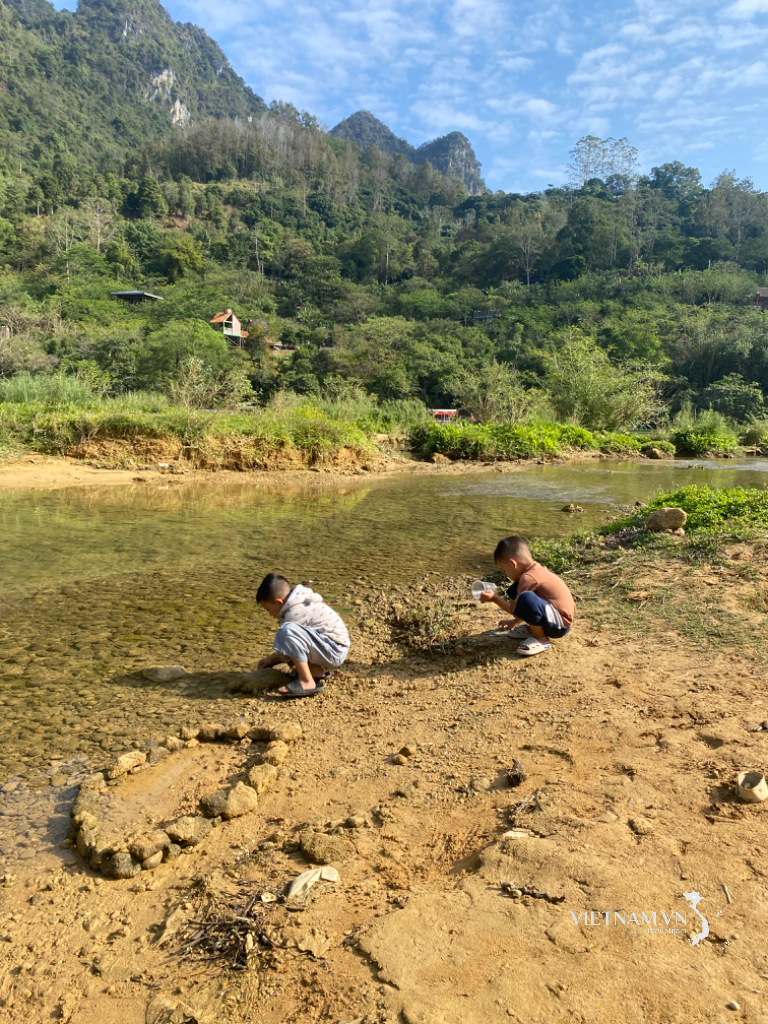

Comment (0)